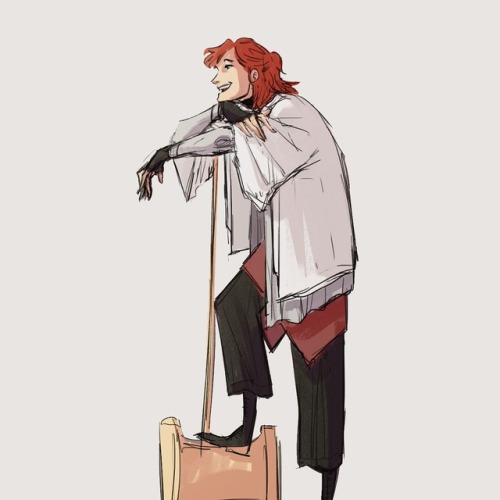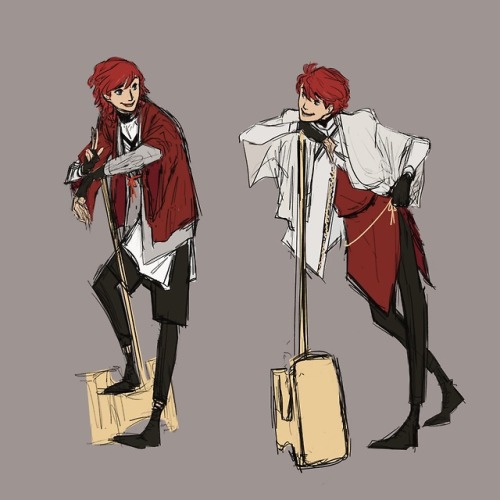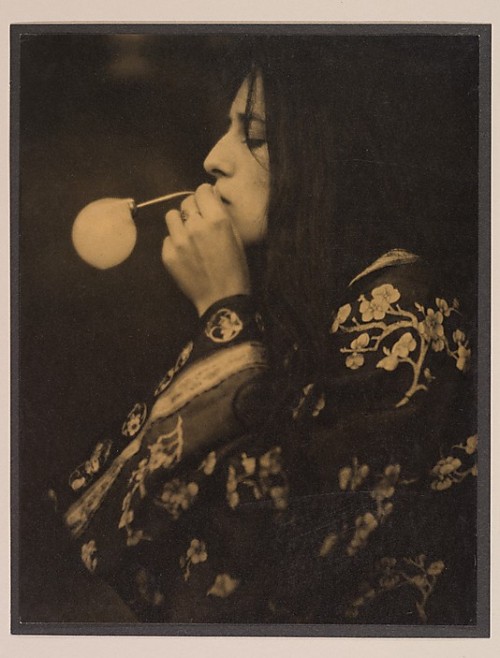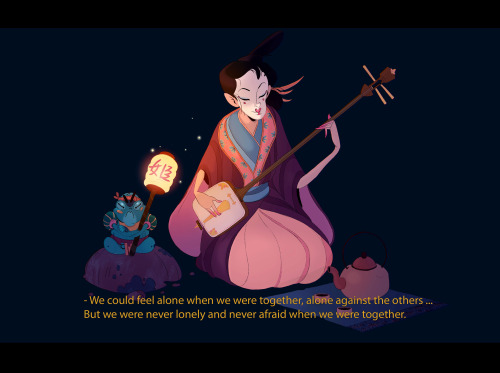#kimono
Mi ilustración para el calendario colaborativo organizado por @luullaby_arty@ultrapervert (IG)
Post link
Wed, 08 Aug 2018 10:41:49
An old char im never going to draw again lol. This was done in 2014 but i really like it. The pose (at that time) was really hard for me to make, and it came out so nice im kinda proud-
Post link
Thu, 16 Sep 2021 17:37:41
Tue, 17 Aug 2021 17:26:55
Fri, 16 Apr 2021 17:16:06
Sat, 02 Mar 2013 05:36:46
Kosode with Iris Design and Sarasa Patchwork. Sarasa: India and others, 17th to 19th century, Japan. Bunka Gakuen Costume Museum
I was curious about Sarasa fabric, and I found this article from Japan Times, which had some cool info:
“[Japan] was closed to Portuguese ships in 1639 until 1853. But trade was still carried out with the Dutch and Chinese on the Nagasaki island of Dejima, and relations were established with Korea via the Tsushima region and with China again through the Ryukyu Kingdom (today’s Okinawa). Relations with the Ainu of Northern Japan, meanwhile, went through the Matsumae domain in Hokkaido. These were all windows onto the world….
Sarasa — a geometrically patterned and colorful, often reddish, fabric — was sewn into Japanese clothing and accessories…. It became a major trade item, with the first official record of it entering Japan in 1613; though, ostensibly it had been introduced earlier via the Ryukyu islands, perhaps a century earlier.
Kyoto’s Gion Festival in July still boasts floats displaying tapestries from Belgium (then a part of the Netherlands) and Persian carpets as decorations, all mixed in with sarasa fabrics. Sarasa also featured in Edo Period paintings and was prized for use in the creation of tea-caddy bags, wrapping cloths, and pouches for tea utensils….”
Post link
Sun, 20 Mar 2016 14:41:22















